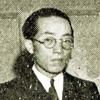
When talking about the history of Japanese language broadcasting in Los Angeles, there is one person who cannot be left out. That person is Kawabe Teruo, who stayed in the United States for about nine years from 1929 and served as an announcer for various programs. However, even for those …
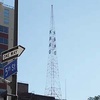
The antenna tower with the neon sign of KRKD, which stands on the roof of an arcade building near Broadway and 5th Avenue in Los Angeles, has been a beloved downtown landmark for many years. Before the war, KRKD had a studio on the third floor of this building, where …
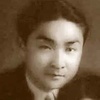
In 1930, the long-awaited first regular Japanese broadcasting began in Los Angeles. It was the "Japanese Broadcasting Station" (or Japanese Language Broadcasting Station), presided over by Utah-born Kazumasa Kawachi. It began on April 28, 1930. It aired for 30 minutes from noon Monday through Saturday on KGFJ. The announcements were …
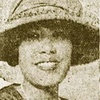
Commercial radio broadcasting in America began with the launch of KDKA in Pittsburgh in 1920. In Los Angeles, the first station was KQL, which was licensed in October 1921. By June of the following year, there were 25 stations. At the time, the frequency allocated for broadcasting was limited to …
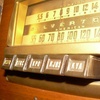
Read Part 3 >> Japanese American Courier Broadcasting The Japanese American Courier (hereafter referred to as the Courier) was an English-language weekly newspaper (President: James Sakamoto) that was launched in Seattle in January 1928 and targeted at second-generation Japanese, and was published every Saturday. It initially only covered the Seattle …

Read Part 2 >> Miwado As of January 1931, KFQW aired Nakamura Watch Shop's "Japanese Music Broadcast" (2nd period) every other Thursday, but on weeks when this program was not aired, Japanese music also began to be broadcast at the same time (7:30-8:00 pm). The program was sponsored by Miwado, …
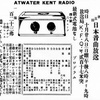
Read Part 1>> Nakamura Watch Shop's Japanese Music Broadcast While there were almost no regular Japanese radio programs in North America in the 1920s, "Japanese Music Broadcasting" began on Seattle's KFQW station on August 24, 1928. The Nakamura Watch Company, run by Nakamura Masakichi, a native of Fukui Prefecture, was …

The activities of Japanese musicians Before the Japanese language programs began, there were Japanese musicians who were active on American radio broadcasts. As early as March 1922, a Hawaiian newspaper reported that soprano singer Tamaki Miura, who was performing in Seattle as a member of the San Carlo Opera Company, …